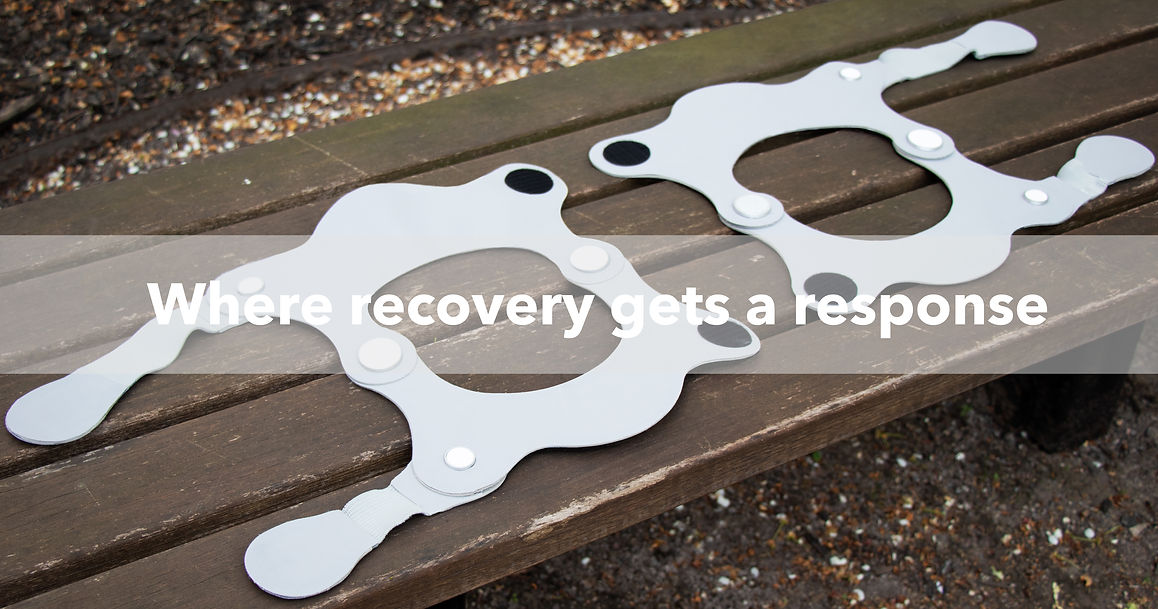Good Gait - Knee Brace
UI/UX & Healthcare
Daily gait monitoring device with an integrated healthcare system to enhance the rehabilitation experience for stroke patients.
For stroke patients undergoing physical rehabilitation, Good Gait is a wearable device designed to record users' daily gait during training. It works with a companion app that records and analyzes walking data to detect even subtle changes in balance and provide feedback to users, caregivers, and therapists to deliver comprehensive support and enhance the overall rehabilitation experience.
Unlike most lab-based gait devices, limited to short-distance tests, Good Gait captures real-world walking behavior over time, enabling more accurate recovery insights and personalized training plans.
Research

Background
Although the impacts of stroke can vary in type and severity among individuals, they often affect mobility directly or indirectly, which in turn impacts their quality of life. Therefore, engaging in regular physical training is crucial and can influence recovery outcomes.
Challenges in Rehabilitation

For Patients:
Rehabilitation can be a long-term process, during which the lack of feedback can easily cause individuals to lose motivation and confidence.
For Therapists:
Need information to assess recovery progress and tailor training plans and treatments.
When progress cannot be measured, they will perceive that the patient has reached a plateau and stop treatment. However, current assessment methods are not always accurate, which may lead to subtle progress being overlooked. Moreover, plateaus can be temporary.
For Caregivers:
As stroke patients may lose part or even all of their independence, many require care from a caregiver. In many cases, their family members take on this role, but managing the patient’s daily life can be very challenging.
Gait is a key indicator for accurately assessing a patient's recovery and quantifying their progress.
Limitations of Existing Gait Detection Methods

Cannot accurately assess gait.
Visual Observation
Instrumented Technology
Limited to laboratory settings.
Both of them are used for short-distance testing, which cannot fully reveal the complexity of gait.





A portable device for monitoring patients' daily gait could be a solution.
Design Process

① Initial Concept

③ Form, Details, and Interaction


② Improved Concept: Principles and Technologies

④ Structure and Materials
Final Design




Principle
1. Record the XYZ-axis positions of three sensors throughout the gait cycle to obtain the angle changes and durations of each phase.
2. Generate separate curves for the left and right legs.
3. Compare to assess coordination.


1. Easy to use 2. Comfortable to wear 3. Secure fit during movement





Basic Metrics, Balance Level, and Progress.
Remind users of their imbalance and its severity to encourage them to do more exercises with the affected body part (similar to the principle of mirror therapy)
Suggestion based on gait analysis.
Enabling patients and caregivers to understand training status and recovery progress.
Training programs recommended based on therapist guidance and gait analysis.
Sharing daily gait data with therapists for analysis.
Communication platform for patients, caregivers, and therapists.
Enable or disable training and medication reminders based on the needs of users and caregivers, helping them manage the patient’s exercise and medication routines more effectively.
